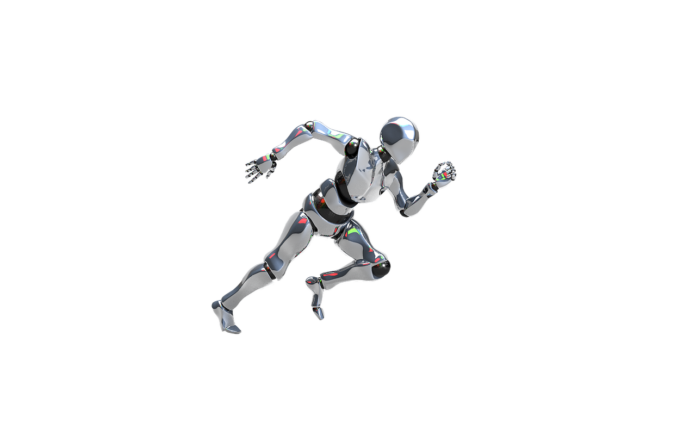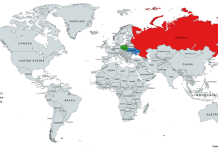On April 19, 2025, Beijing’s Yizhuang district hosted the world’s first humanoid robot half-marathon, where 21 bipedal robots participated alongside approximately 9,000 human runners over a 21.1-kilometer (13.1-mile) course. Organized by the Beijing Economic-Technological Development Area (E-Town), the event highlighted China’s growing robotics ambitions, featuring entries from companies like DroidUP and Noetix Robotics. While the robots, led by Tiangong Ultra’s 2-hour-40-minute finish, trailed the human winner’s 1-hour-2-minute mark, the race marked a symbolic milestone in merging technology and endurance sport.
Held in E-Town—a hub home to more than 100 robotics firms—the course stretched from Nanhaizi Park to Xinchuang Park. Robots, standing between 120 cm and 1.8 meters tall, ran in a designated lane separated from human runners for safety. Tiangong Ultra, developed by UBTech and the Beijing Humanoid Robot Innovation Center, won among the machines. The 1.8-meter robot used an algorithm designed to mimic human running, though it required three battery swaps and a human spotter to assist with balance. Six robots completed the course within the 4-hour cutoff, while others suffered breakdowns, missteps, and overheating—one fell at the starting line and remained flat for several minutes, and another crashed into a railing, knocking down its handler.
The event builds on China’s 2023 policy designating humanoid robotics as a “new frontier,” with the Ministry of Industry and Information Technology setting a goal for mass production by 2025. Officials likened the event to a Formula 1 race, emphasizing the collaborative effort between engineering teams and machine performance. Tang Jian, CTO of the innovation center, claimed Tiangong Ultra’s performance surpassed that of any comparable Western robot. However, Oregon State’s Alan Fern noted that the running algorithms used date back over five years and represent hardware endurance more than artificial intelligence innovation.
Spectators gathered along the route, with many human runners stopping to snap photos beside the robots. “It felt like the evolution of robots unfolding in real time,” said He Sishu, a Beijing-based AI developer.
Mechanical failures affected many participants. Several robots overheated or lost joint function mid-race. Companies like Casbot and Magiclab had spent weeks fine-tuning gait algorithms, but long-distance running placed considerable strain on motors and structural components. Tiangong Ultra crossed the finish line with help from its support team, securing a prize of 5,000 yuan (around $691). Additional awards were given for best gait and crowd favorite, emphasizing creativity and design over speed.
The half-marathon comes as China seeks to lead in robotics amid rising U.S. competition. State media promoted viral clips of humanoid robots kicking soccer balls and performing backflips, tying the event to broader economic and industrial goals. Reuters noted that China sees robotics as a strategic solution to demographic decline and labor shortages. Still, The Guardian cited experts questioning the real-world utility of marathon-running machines, calling the event more theatrical than industrially relevant.
Online, public reaction was mixed. Some social media users applauded the innovation, while others pointed out the robots’ wobbly gaits and frequent falls. On X, one post featuring Tiangong Ultra’s finish drew praise for “a new chapter in robotics,” while another showed a compilation of robot wipeouts captioned, “Still not beating humans.”
As Tiangong Ultra stepped across the finish line, the event symbolized more than just mechanical endurance. Though humans still outpaced the machines by a wide margin, April 19 may be remembered as the day humanoid robots took their first collective stride toward the future—one awkward, battery-swapping step at a time.
Image is in the public domain and is licensed under the Pixabay Content License.











